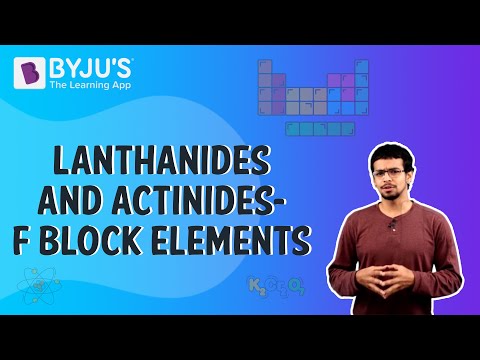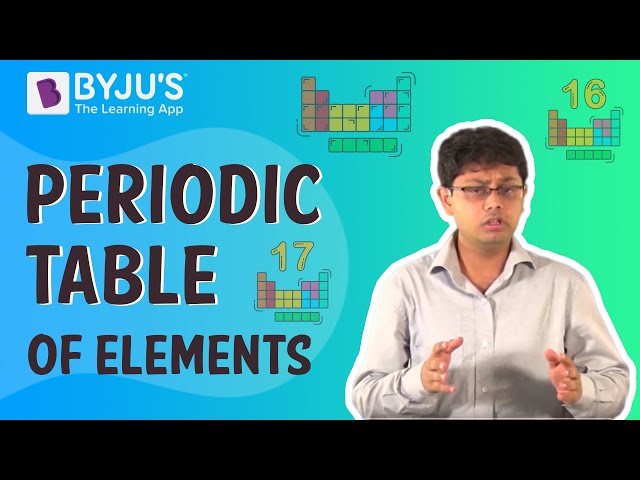According to the CBSE Syllabus 2023-24, this chapter has been renumbered as Chapter 4.
The middle layer of the periodic table is filled with d-block elements. The inner d orbits of group 3 to group 13 are filled progressively. On the other hand, f-block elements are found outside at the bottom of the periodic table. In these elements, 5f and 4f orbitals are filled progressively. Three series of transition elements are recognized by the filling of 3d, 4d, and 5d orbitals. They have high boiling and melting point. The metallic properties exhibited by the transition elements are
- Electrical conductivity
- Malleability
- Thermal conductivity
- High tensile strength
- Metallic character
- Ductility
For more information on d- and f-block Elements, watch the below videos


CBSE Class 12 Chemistry Chapter 8 The d-and f-Block Elements – Related Links
The elements of the f block of the periodic table are two series of inner transition elements, actinoids and lanthanoids. Due to the successive filling of the inner orbitals, i.e., 4f, the atomic and ionic sizes of these metals along the series gradually decrease. Lanthanoids are soft white metals and easily react with water. Their principal oxidation state is +3. +2 and +4 are also exhibited occasionally. Actinoid elements are radioactive, and their chemistry is complicated. Some applications of d- and f-block elements are in organic syntheses, catalysts, etc.

Few Important Questions
- Write the electronic configuration for the following elements
Mn2+, Cu+, Pm3+, Th4+
- Define interstitial compounds. Explain why these compounds are known as transition metals.
- What is disproportionation? Give an example of a disproportionation reaction occurring in an aqueous solution.
- Using Hund’s rule, do the following:
Derive the electronic configuration of Ce3+ ion, find the magnetic moment on the using the ‘spin-only’ formula
- What is meant by lanthanoid contraction?
- List the various oxidation states exhibited by the lanthanoids.
| Also Access |
| NCERT Solutions for Class 12 Chemistry Chapter 8 |
| NCERT Exemplar for Class 12 Chemistry Chapter 8 |
Find the notes of the d-and f-Block Elements for the CBSE syllabus from BYJU’S. Keep visiting us for updates on CBSE class 12 chemistry notes.
For more questions on d-Block Elements, watch the below video

Other Important Links:
| Modern Periodic Table | Oxidation State Of Lanthanides |
Frequently Asked Questions on CBSE Class 12 Chemistry Notes Chapter 8 d- and f-Block Elements
What is called a transition element?
Transition elements/transition metals are elements that have partially filled d orbitals.
What does Hund’s rule state?
Hund’s rule: every orbital in a subshell is singly occupied with one electron before any one orbital is doubly occupied, and all electrons in singly occupied orbitals have the same spin.
What is meant by metallurgy?
Metallurgy is the art and science of extracting metals from their ores and modifying the metals for use.
Comments